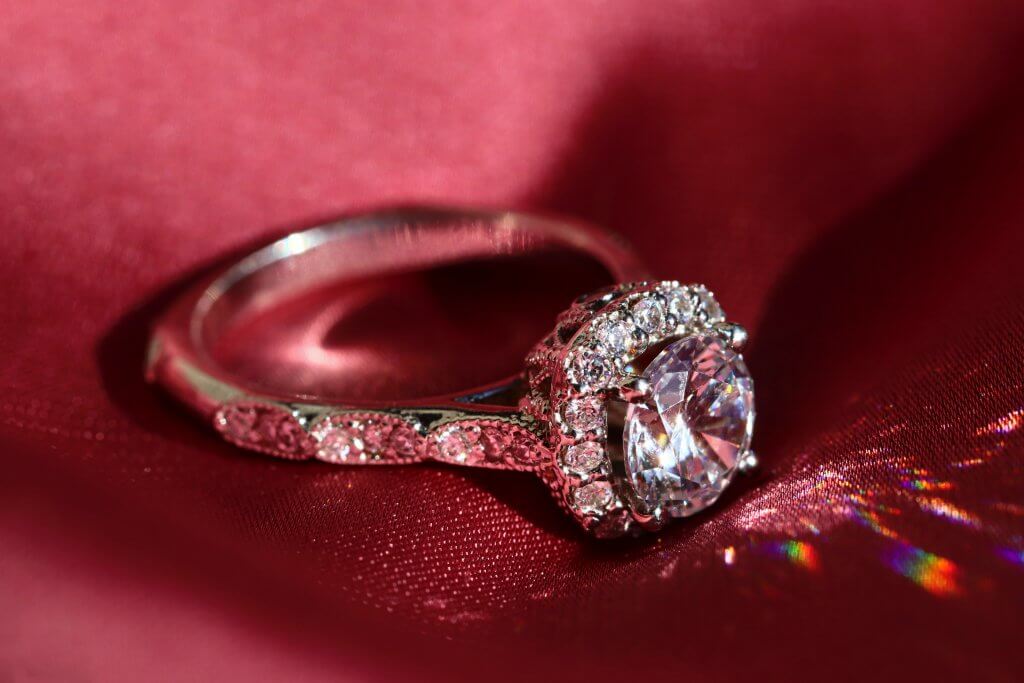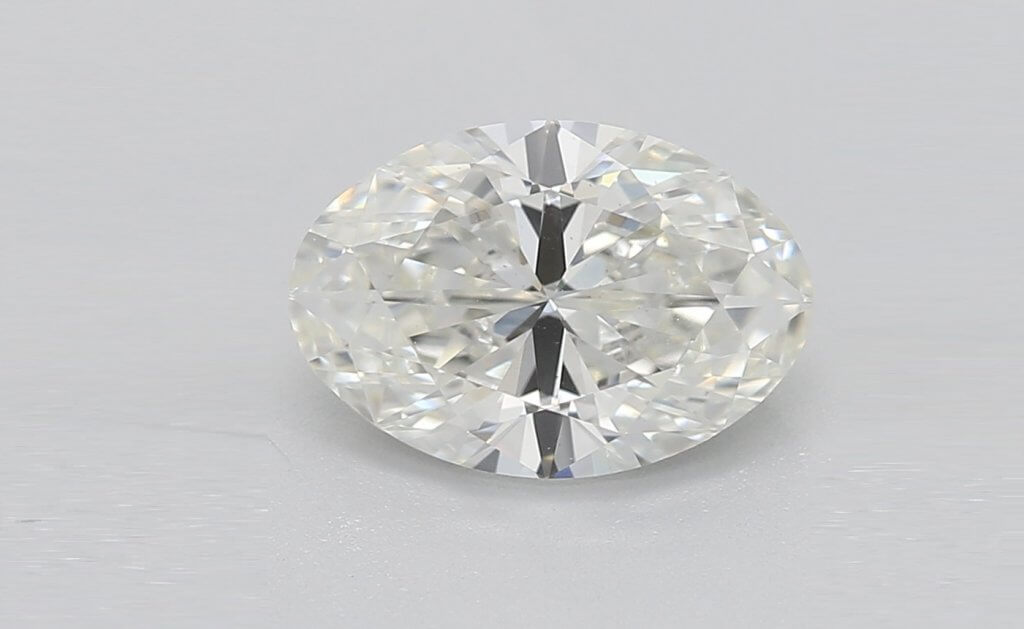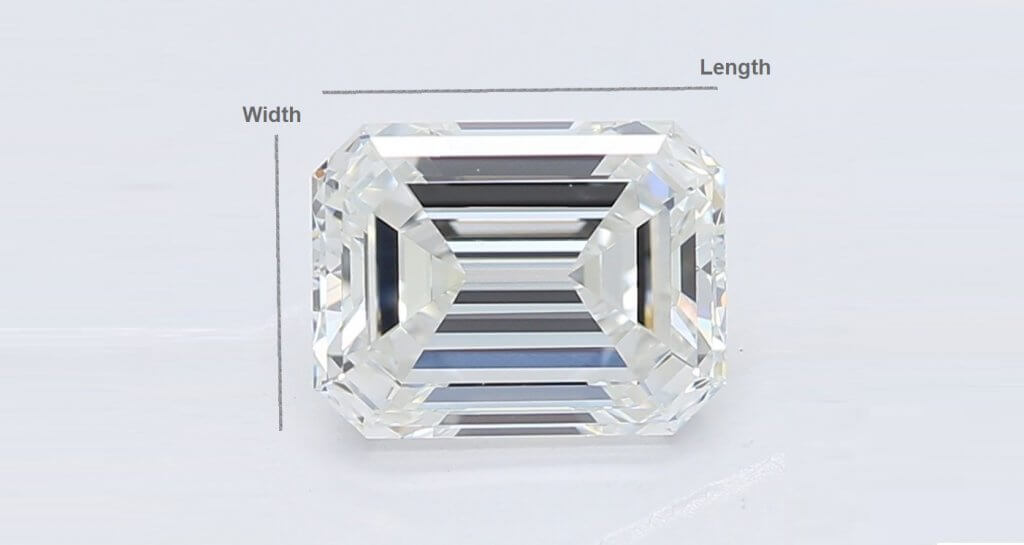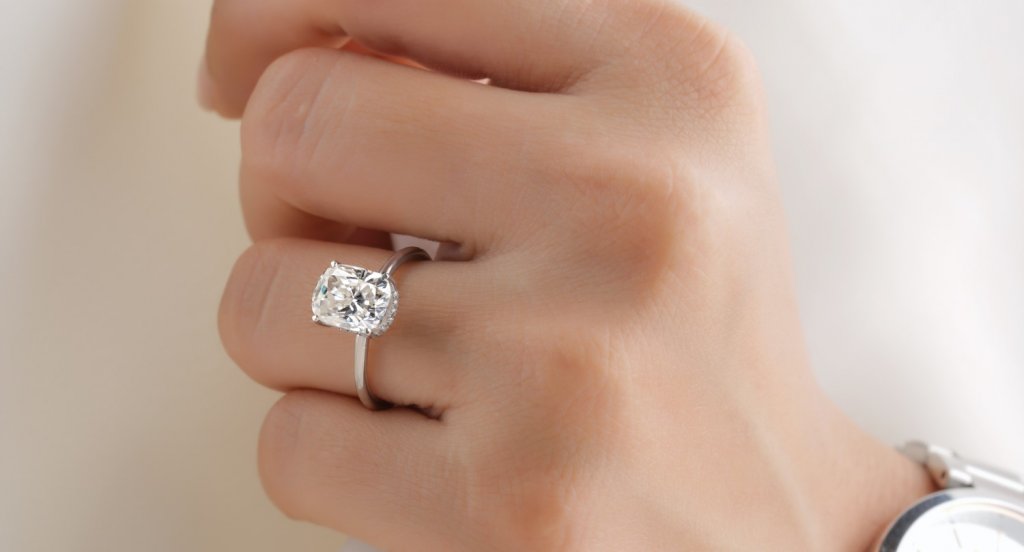The Hidden Facts Of Diamond’S Polishing Grade
Key Takeaways
- A diamond’s polish is vital to its beauty, and its ability to sparkle.
- After the initial cuts have been made, the stone needs to be polished down to a glassy, smooth finish – a slow and tricky process that requires a great deal of skill from the diamond cutter.
- Mistakes can be made, however, and these can lead to blemishes – surface flaws that can be visible, and disrupt the diamond’s light performance.
- All diamonds are graded for their polish and, while this is not covered by the Four Cs, is still an important consideration for anyone looking to invest in a diamond.

Alongside sparkle, diamond’s smooth, glassy finish is one of the first things that comes to mind when we think of this beautiful mineral.
This reputation for perfection is, of course, derived entirely from the skill and time devoted to diamond by countless gemologists, diamond cutters and jewelers who, over the years, have honed their techniques for turning an irregularly shaped and rough stone into something unmatched in beauty or shine.
One of the most important steps in this process comes toward the end of the diamond process. Polishing away tiny imperfections and bumps, and bringing out as much of the diamond’s bright, clear shine as possible, is vital, and tricky enough to get right that it is graded independently within a diamond’s GIA Report.
What Does Polishing a Diamond Mean?
This refers to the process of removing very small imperfections (crystals) from the diamond’s surface after the stone has been cut into shape.
While the term may conjure images of a chamois cloth and a tub of ‘diamond polish’, the process actually requires its own set of specialist tools. A polishing wheel (or ‘scaif’) is coated in diamond dust, which is hard enough to gradually wear down the minor bumps on the facets of the diamonds.
Understandably, this work requires a massive amount of precision. These days, diamond cutters used calibrated machines to ensure the greatest level of accuracy is met, but it is still all too easy for polishing features to appear on the diamond and, at times, decrease its value.
How is Diamond Polish Graded?
The GIA grades diamond polish from Excellent to Very Good, Good, Fair and Poor, depending on the extent of the flaws caused during the polishing process.
These grades are easy enough to memorize, but why do we need to know the polish grade of our diamond? Because many common polishing features can negatively impact the visual appearance and light performance (sparkle) of a diamond.
Many of them are, as with clarity and symmetry, only really noticeable under 10x magnification. Diamonds with ‘Excellent’ and ‘Very Good’ polish will be visually clean, and some ‘Good’ diamonds will be, too.
The scaif can cause diamonds to take on scratches, nicks, polish lines or even burn marks. In many cases, these defects will sound worse than they look, but should still be avoided as much as possible. A diamond may also take on something known as ‘lizard skin’, which refers to a textured patch on the surface that will significantly impact the diamond’s value on the market.
Does Polishing a Diamond Make it Smaller?
Not unless it’s necessary to creating a significantly more valuable diamond. In most cases, polishing is designed to remove the minute bumps cutting leaves on the surface of the diamond, not to remove significant bulk from the stone.
The diamond cutter does not polish the rough stone. By the time it is polished, much of the excess has already been cut away, and the facets have been shaped. Ideally, this will mean that the diamond only needs smoothing.
In some instances, it can be decided that a diamond will look better if it is returned to the polishing wheel. This may be done to remove an inclusion or blemish, or to improve the color of the diamond but, as we mentioned above, this is rare.
What is Excellent Polish on Diamond?
A diamond with an ‘Excellent’ polish grade is one that will feature no flaws under 10x magnification – and, for that reason, will of course appear eye clean.
A grade of Excellent guarantees that you will never notice any marks made by the polishing wheel, and that the diamond’s surface will appear and feel totally smooth and free from any scratches or texture.
Is Diamond Polish Important?
Polishing the diamond is a very important step in the journey from rough stone to stunning engagement ring but, to you, the diamond’s polish grade holds a little less weight in your decision. Polish is nowhere near as important as some of the other features you need to consider when buying a diamond.
Visible polishing features can have a pretty major impact on a diamond’s appearance. In worst case scenarios, they can prevent the diamond from sparkling as much as it should, and appear as distracting blemishes that turn an otherwise beautiful diamond into something that causes more disappointment than awe.
Even still, provided you stick to the higher grades for polish, you don’t need to spend too much of your time worrying about this aspect. Besides, nowadays, thanks to the incredibly advanced tools diamond cutters have at their disposal, many diamonds sit comfortably within the ‘Very Good’ and ‘Excellent’ grades, making it very easy to find a quality diamond.
Finally, your jeweler is always there to offer than final line of defense between you and a poorly polished diamond. Treat it like clarity and stick to eye cleanliness, and your diamond’s polish will not encroach upon its sparkle or shine.
Can You Polish a Diamond?
No, you cannot remove surface texture yourself. You can (and should) perform regular care and maintenance on your diamond, and polish away any dust or oils that are beginning to build up on the stone.
Obviously, you don’t need a polishing wheel covered in diamond dust to do that – nor would you want to, since it would be all too easy for you to damage the diamond.
Once a week or so, we should all soak our diamond rings in a mild, soapy water, and give it a gentle brush with a soft-bristled toothbrush to remove anything that has attached itself to the surface at work or at home. This is more than enough, provided the diamond hasn’t sustained any damage.
If your diamond sustains a scratch or two during its years of wear, the good news is that you can take it to be repolished by a skilled jeweler. This will smooth the surface of the diamond once again, and ensure many more years of it looking flawless on your finger.
How Often Should You Polish a Diamond?
There’s no specific amount of time you should wait between polishes. Depending on your lifestyle – and, more specifically, the amount of wear and tear your diamond ring goes through each year – your diamond may never need polishing, or it may need to be seen to once every few years.
Either way, it is important for you to take your diamond ring into your jewelers – preferably the same one who sold it to you in the first place – once every six months or so to get it checked over.
Your jeweler will inspect it under magnification, and make sure that the diamond has not suffered any damage, and that the ring setting itself is still keeping the stone firmly in place. Even if your diamond does not need a scratch ‘buffed out’ of it, it still needs to be checked by an expert.
Remember, a superficial scratch won’t impact your diamond’s shine. So, if your diamond has a dulled sparkle, then it needs to be cleaned (something you can do at home) rather than re-polished.
How Much Does it Cost to Polish a Diamond?
It depends on the jeweler, and on the amount of work a diamond needs in order to look perfect again but, in general, these services cost less than $100.
Remember that, when it comes to ensuring the longevity of your diamond’s beauty, you really can’t put a price on it. Diamonds are incredibly hard, resilient things, but they’re not totally immune to surface scratches and marks that, once there, are pretty much impossible to forget about.
The cost of getting it polished is definitely worthwhile, and offers a great level of reassurance for anyone who’s nervous about damaging their ring. Remember that diamonds are nowhere near as delicate as they look, and can go years without any noticeable damage, but it definitely helps to know that any little marks can be buffed out.
So, Do You Need to Worry About Your Diamond’s Polish?
Yes, but you can give it a pretty low spot on the list of priorities.
A diamond that is not polished enough will feel bumpy. True, these bumps will be very small and not necessarily all that easy to notice when the diamond is set within the ring itself, but they will still be there, and they will detract from the overall beauty of the diamond.
Alternatively, a diamond that has been polished poorly will also suffer from unwanted texture. It may feel rough, bumpy, or grazed, and lose that flawless, glassy, smooth finish that we all want to find in our chosen diamonds.
This is why the overwhelming majority of sellers and jewelers only list diamonds with an Excellent or Very Good polish grade, since those with visible polishing features simply aren’t the investment.
So, rather than ‘worrying’ about your diamond’s polish, it’s more important that you are aware of the necessity to stay above a certain grade during your search, and to double check with your jeweler that your chosen diamond’s polish meets a strong standard – although, in all likelihood, it will.

Mar 12, 2022 By Willyou.net
Diamond Bow Ties: Not As Glamorous As You Think

Sep 18, 2021 By Willyou.net
Master The Secrets Of Diamond Proportion (Ratio)








